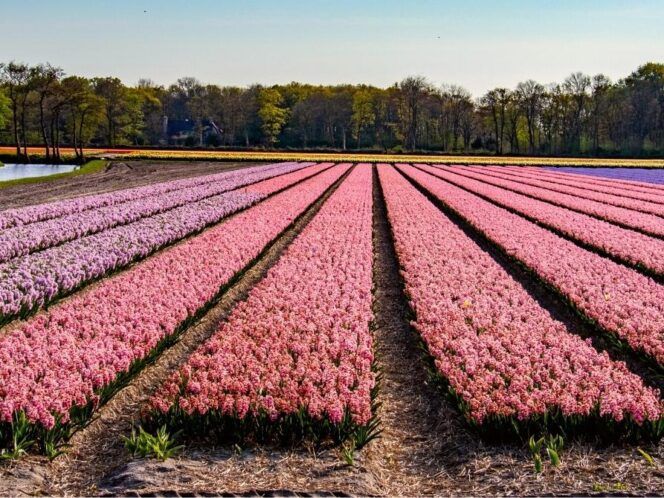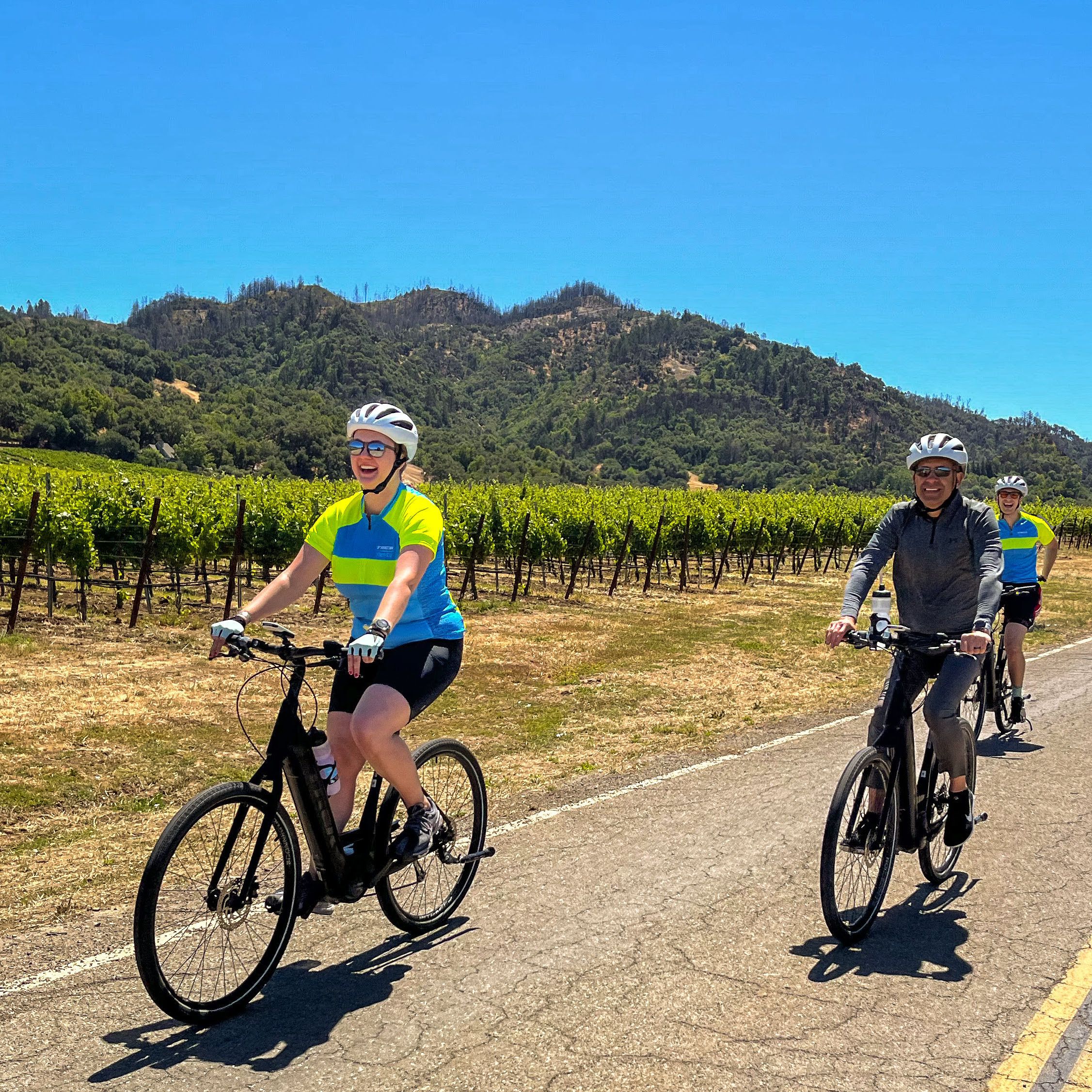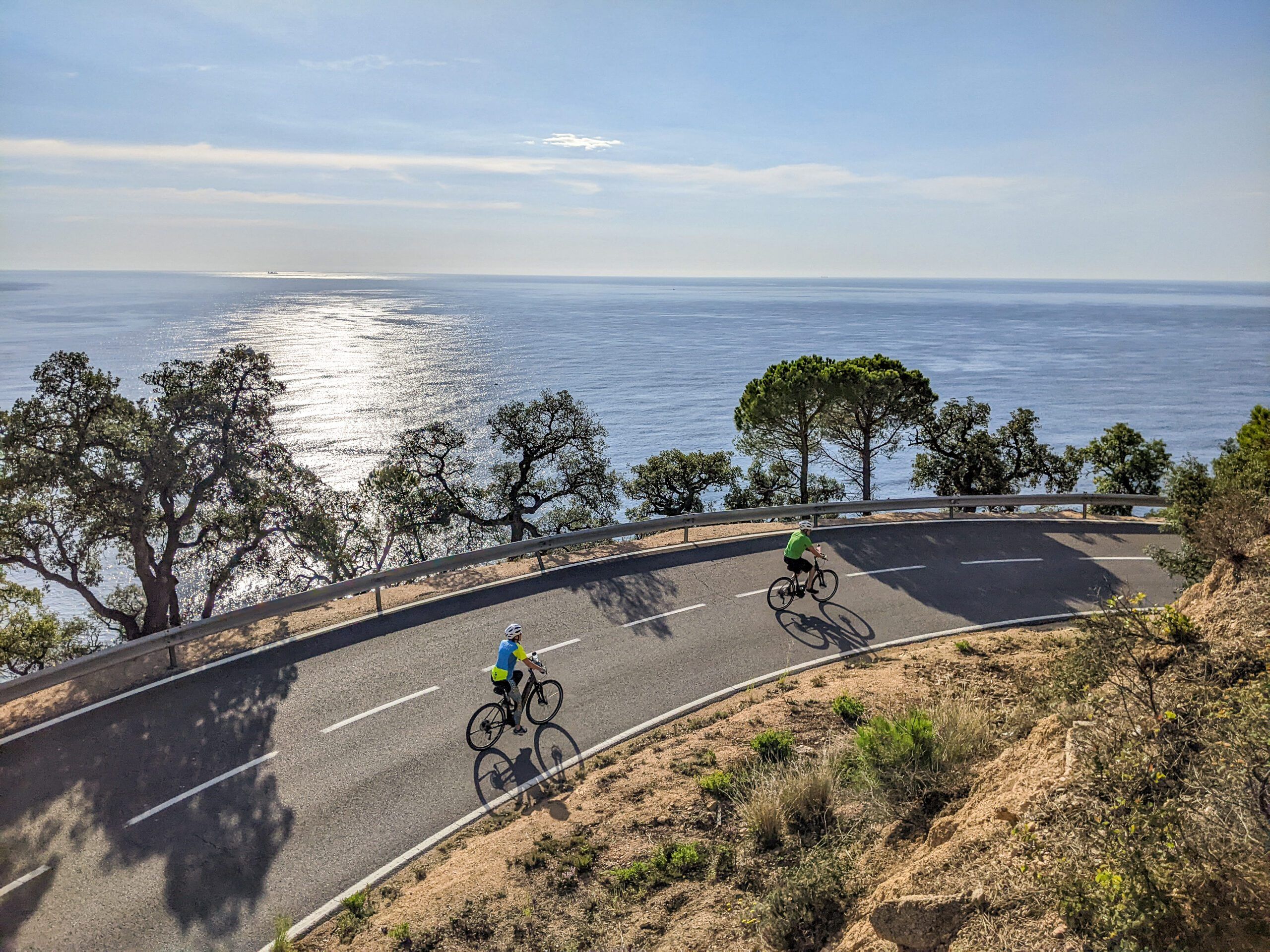
Friend of Trek Travel and sommelier extraordinaire, James Juedes, guides us through the tradition and history of the famous wine regions of central Italy from Le Marche to Umbria and Tuscany.
Like many things in Italy, the wine here is a blend of the past and the present. You’re just as likely to see pristinely kept vineyards of the French transplant, Cabernet Sauvignon, as you are rustic rows of ancient indigenous varieties–like Sangiovese–as you traverse the Italian countryside. Generations old wineries and cellars that have seemingly been untouched for a millennia bump right up against new facilities that house the latest stainless steel tanks and French cooperage. Whether it be made by the most staunch traditionalist, to the cutting-edge modernist, or the latest post-modern movement toward even more ancient styles of winemaking, Italy lays claim to some of the very finest and exciting wines in the world, all the way from the top of the Alps north of Turin to volcanic soils of Mt. Etna in Sicily.
[trek-fullwidth-img src=”https://trektravel.com/wp-content/uploads/2018/04/17PI0903_IYiasemi-045.jpg.optimal.jpg”]
The central regions of Le Marche, Umbria, and Tuscany are as good of a place as any to start with Italian wine and are home to some of the most prestigious and exciting appellations in the country. Starting to the east, Le Marche extends up and down the Adriatic. Cool sea breezes are an important impact on the vineyards here and many of the wines embody the coastal influence. Perhaps the most important grape here is Verdicchio. The wines from this grape are refreshing and crisp with a distinct bitter almond finish–great for filling up your water bottle with (recommended for toward the end of your ride). Look specifically for wines from the coastal ‘Castelli di Jesi’ appellation for juicier, riper styles or from the higher elevation ‘Matelica’ for more focused and linear styles. For everyday drinking red wines, seek out Rosso Piceno (Montepulciano/Sangiovese blend) or the more rare, but floral and brightly aromatic Lacrima di Morro d’Alba.



As you move west from the Adriatic toward the central Apennines you approach the only landlocked region of central Italy–Umbria. It’s a rustic region that is deeply rooted in tradition and its history, and many of the wines here are reflective of the culture. This being central Italy, Sangiovese is common, but it’s the wines of Orvieto and Montefalco that really embody the region. Orvieto is a clean, crisp white wine produced from Grechetto and Trebbiano (known as Procanico locally). You’ll find more depth of flavor and concentration with wines from the classico subzone of Orvieto, and work with pasta ai frutti di mare and antipasti on the table. For a real local treat sample the formidable and age-worthy Sagrantino di Montefalco. The red wines produced from the Sagrantino grape are produced in both passito (sweet) and secco (dry) styles and are required to be aged for at least three years to soften the harsh tannins before release.
[trek-fullwidth-img src=”https://trektravel.com/wp-content/uploads/2018/04/ZebKingIMG_7019.jpg.optimal.jpg”]
Tuscany is the iconic heartland of wine culture in Italy. Here the rolling hills and Tyrrhenian coastline are home to some of the most storied and picturesque wineries in the world. The emblematic Italian variety, Sangiovese, has found its modern home here and manifests itself in several world famous wines. The wines of Chianti, Montalcino, and Montepulciano are all comprised of this grape. While the name Chianti is not always associated with the highest quality of wine in the US, the wines of the Chianti Classico sub-region are proving that they deserve to stand next to the likes of Brunello di Montalcino and Vino Nobile di Montepulciano on the table. The well-known Chianti region was first demarcated in 1716 between Florence and Siena, and has now fanned out into seven different sub zones throughout the greater region. A much more recent phenomena is that of the ‘Super Tuscan.’ As a general rule of thumb, these more modern wines are typically found closer to the coast where transplanted Bordeaux varietals like Cabernet Sauvignon and Merlot have thrived under the Tuscan sun.
Captivate your senses in Italy







